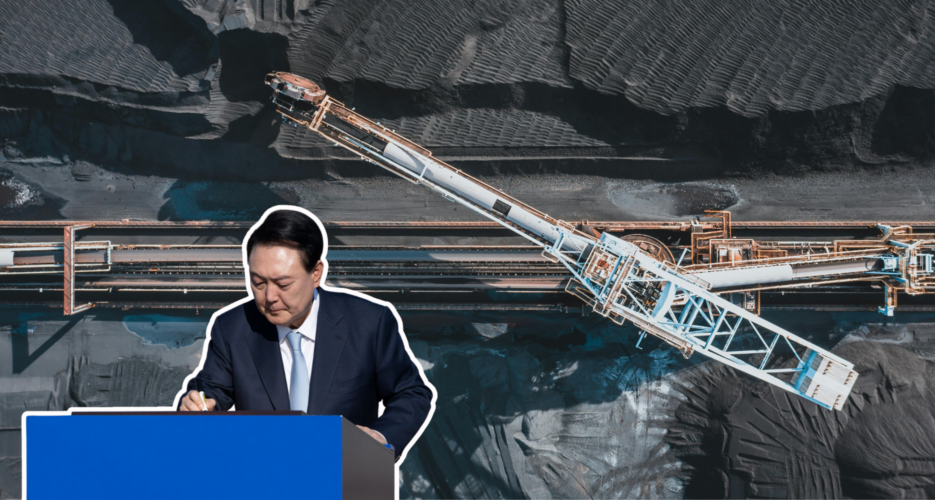ROK wants to shutter 75% of coal plants by 2039 but will need to address energy security risks and economic disruptions
South Korea’s trade ministry has announced a plan to phase out over 75% of the country’s coal-fired power plants by 2039, an ambitious effort to align the country with global decarbonization trends and reduce greenhouse gas emissions.
Introduced last week alongside the establishment of a “Coal Power Transition Taskforce,” the initiative reflects the ROK’s recognition of the need to transition from coal, which it currently relies on for roughly a third of its energy needs.
South Korea’s trade ministry has announced a plan to phase out over 75% of the country’s coal-fired power plants by 2039, an ambitious effort to align the country with global decarbonization trends and reduce greenhouse gas emissions.
Introduced last week alongside the establishment of a “Coal Power Transition Taskforce,” the initiative reflects the ROK’s recognition of the need to transition from coal, which it currently relies on for roughly a third of its energy needs.
Get your
KoreaPro
subscription today!
Unlock article access by becoming a KOREA PRO member today!
Unlock your access
to all our features.
Standard Annual plan includes:
-
Receive full archive access, full suite of newsletter products
-
Month in Review via email and the KOREA PRO website
-
Exclusive invites and priority access to member events
-
One year of access to NK News and NK News podcast
There are three plans available:
Lite, Standard and
Premium.
Explore which would be
the best one for you.
Explore membership options
© Korea Risk Group. All rights reserved.
No part of this content may be reproduced, distributed, or used for
commercial purposes without prior written permission from Korea Risk
Group.












